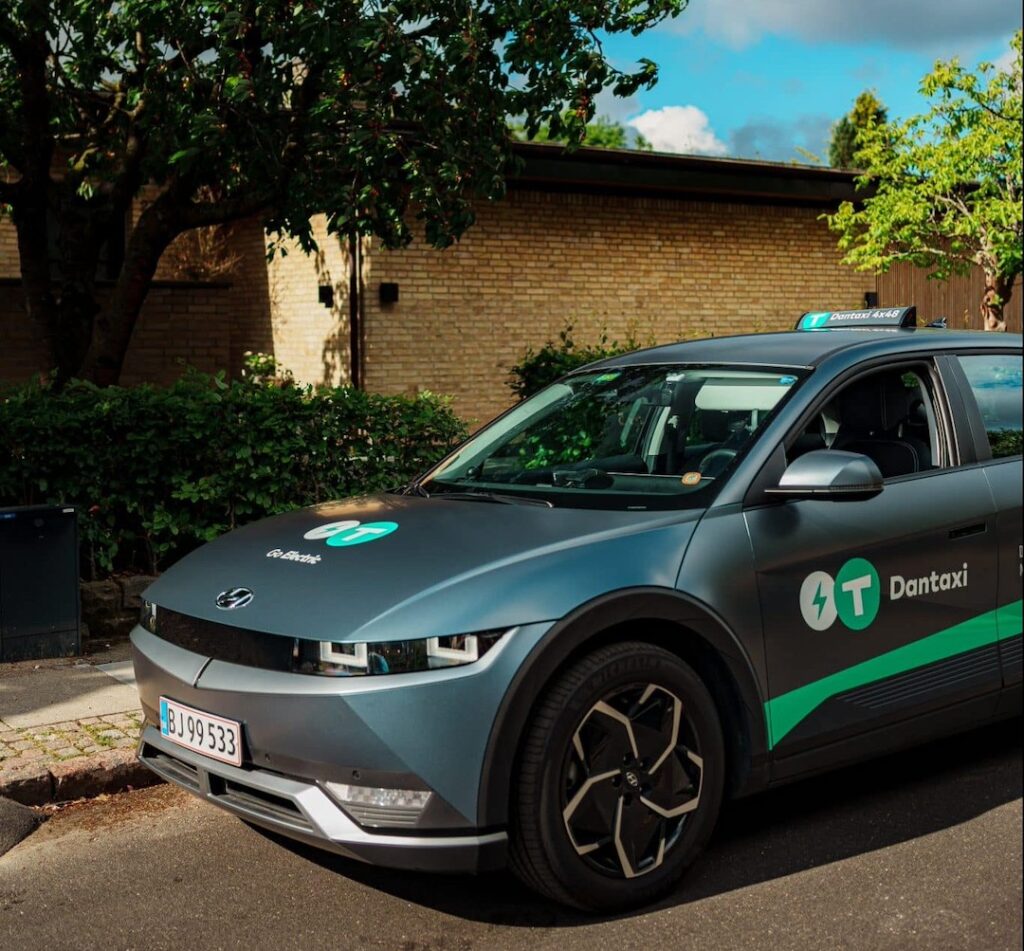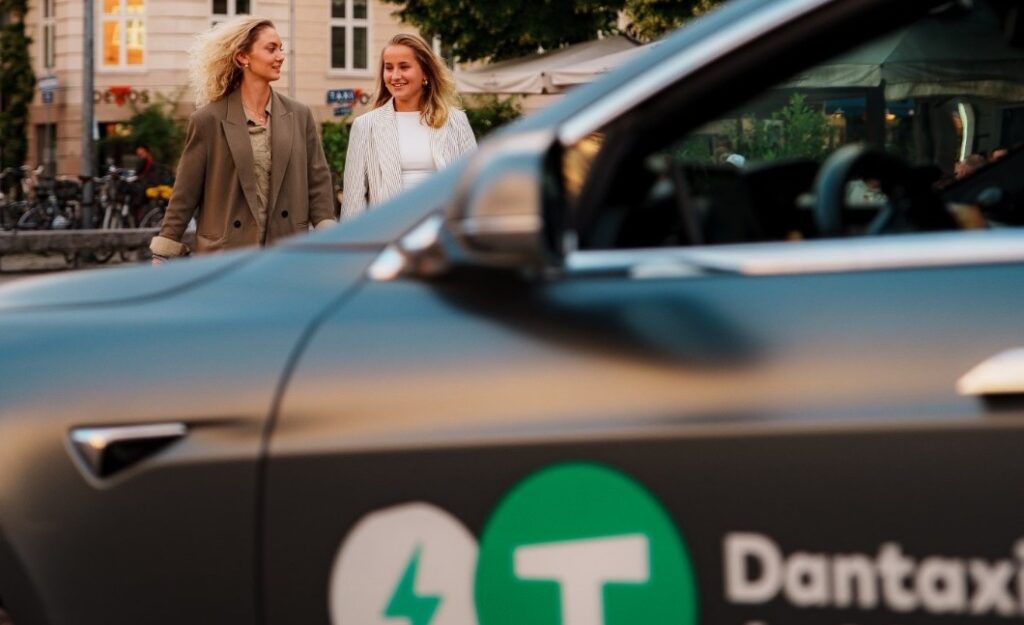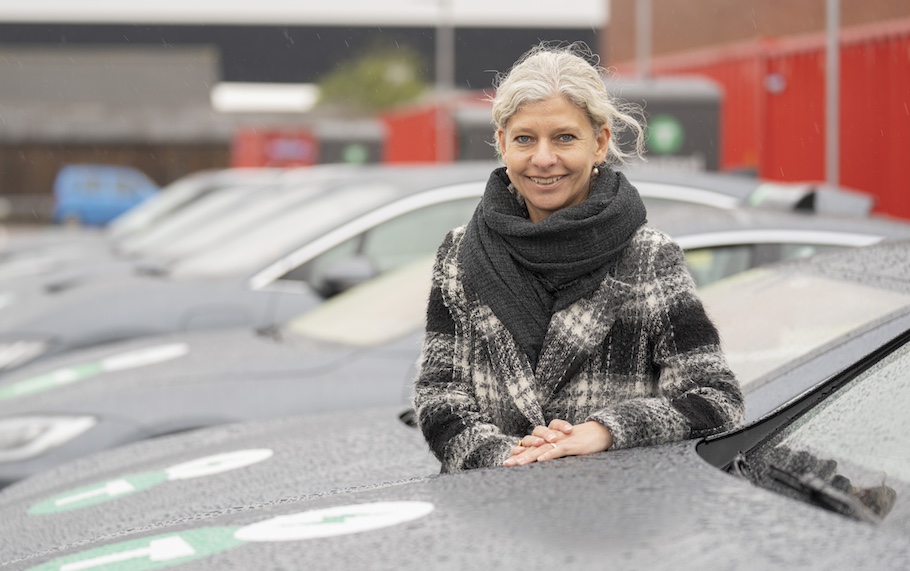In conversation with Mobility Portal Europe, Vibeke Wolfsberg, Commercial Director at Dantaxi, comments on the current situation of the electromobility sector in Denmark, taking into account the firm’s role in the zero and low-emission taxi market.
Starting this year, new electric vehicles (EVs) and plug-in hybrids will experience an increase in taxes, as part of the “staircase model” implemented with the car tariff reform in December 2020.
This model involves a gradual increase in the registration fee for EVs until 2030.
Regarding this, Wolfsberg states: “We wish for the planned gradual introduction of taxes on EVs to be postponed for as long as possible.”
She continues: “We also advocate for continued government support for a robust charging infrastructure and other initiatives that promote electrification.”
It is worth mentioning that the tax increase will be different for new zero and low-emission cars.
On one hand, the cheapest plug-in hybrid, which costs around 250,000 Danish crowns, would pay a registration fee of between 10,000 and 34,198 Danish crowns.
On the other hand, electric cars would only be taxed if they cost more than 430,000 Danish crowns.

For those costing 450,000 Danish crowns or more, there is a fixed tax of 12,094 Danish crowns.
As an attempt to alleviate the situation, the government would allocate 200 million Danish crowns during 2024 and 2025 to maintain the tax exemption for the most affordable electric units, according to a statement issued in November 2023.
Although the Danish Automobile Association (FDM – Forenede Danske Motorejere) acknowledges some positive impact of the measure, it expresses its doubts.
“While we appreciate the allocation of funds to mitigate the upcoming tax increase for the more expensive electric cars, it’s much ado about very little,” says Ilyas Dogru, consumer economist at FDM.
In other words, on the total price of 430,000 Danish crowns, the saving of 3,000 doesn’t contribute significantly to the purchase.
It’s worth noting that as of February this year, 44 per cent of all new cars in Denmark were electric.
As a result, the proportion of eCars nationally approached ten per cent of the total vehicle fleet.
What are the benefits of having electric taxis according to Dantaxi?
In order to promote electric mobility, legal requirements have been put in place that commit all new taxis to be electric or plug-in hybrids.
As Wolfsberg explains, the proportion of these vehicles in Denmark “is between 30 and 40 per cent, significantly higher than most other transport industries.”

Furthermore, she points out the benefits of their adoption.
“For the owner, the main advantages are lower daily operating costs, even though the car itself is usually more expensive than a diesel one,” says Wolfsberg.
“For customers, the benefits include less noise, less vibration, and zero emissions“, she adds.
It is also worth mentioning that there is no difference in the price of the service with zero-emission units or diesel ones.
Dantaxi’s vehicles are owned by independent operators.
Additionally, there are different approaches to managing charging.
“Some use chargers installed in their homes overnight, and those without access to a personal charging point use fast charging during breaks,” comments the Commercial Director.
Since the most popular models for taxis generally have an extended range, a single charge per day is usually sufficient.
Dantaxi, for its part, has a fleet of over 650 e-taxis and aims to completely eliminate combustion cars in a short period of time.
The company maintains that it was not until 2019 that they gained momentum, at which point charging infrastructure ceased to be limited.
The firm has a charging center, Danhub, which has five fast chargers (300 kilowatts) with ten charging sockets, where up to 400 vehicles are served daily.
For the operation of the stations, they work with E.ON.
“Our charging center, Danhub, opened in 2021, and was innovative in the Danish passenger transport industry,” acknowledges Wolfsberg.







